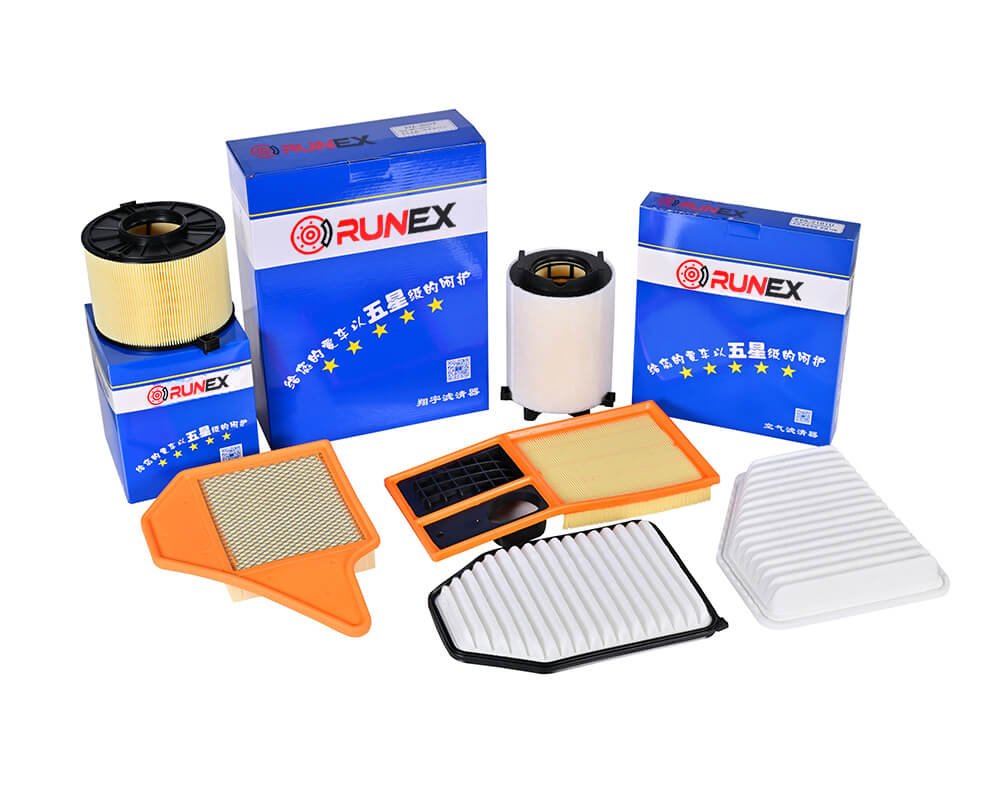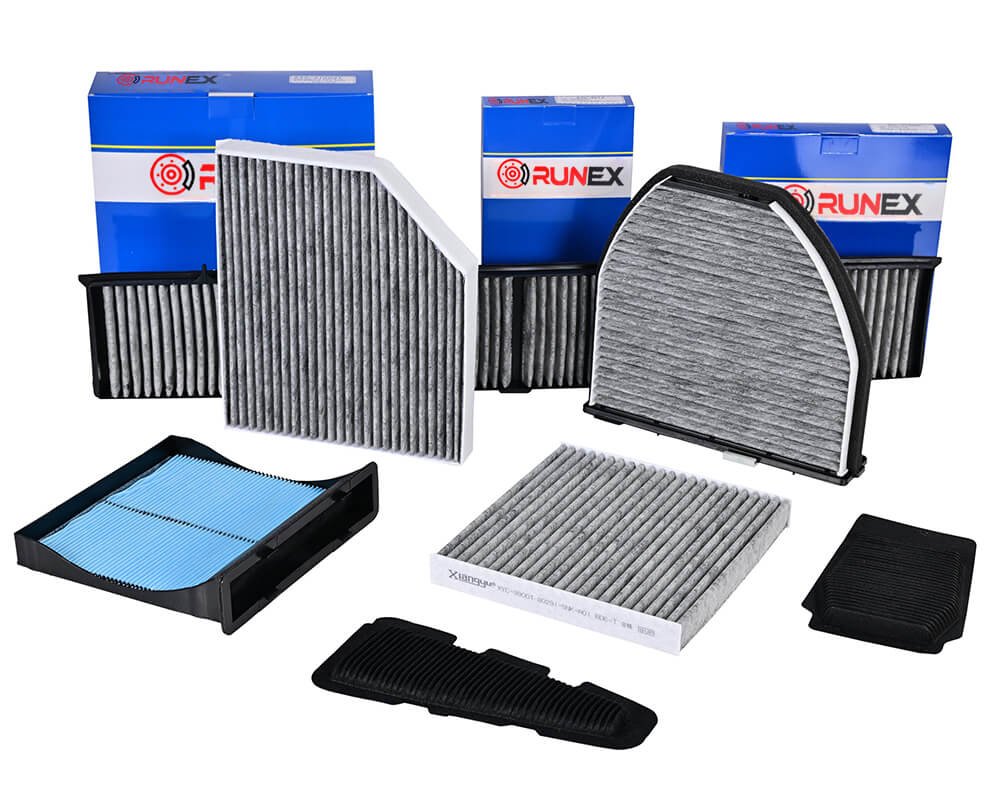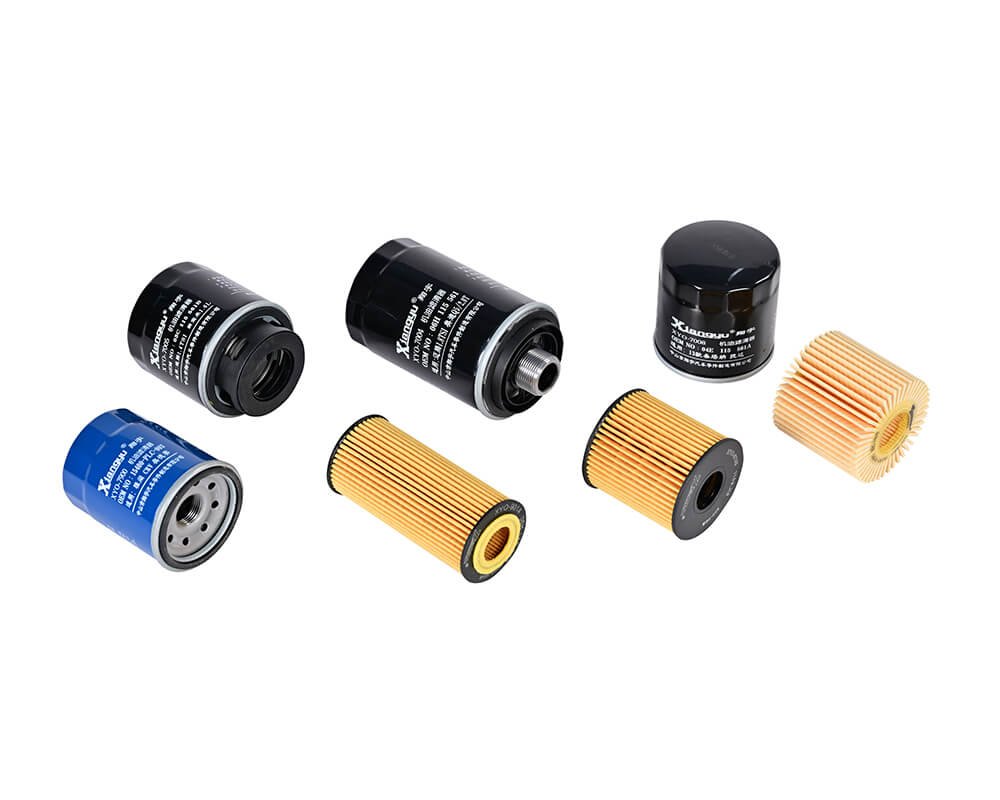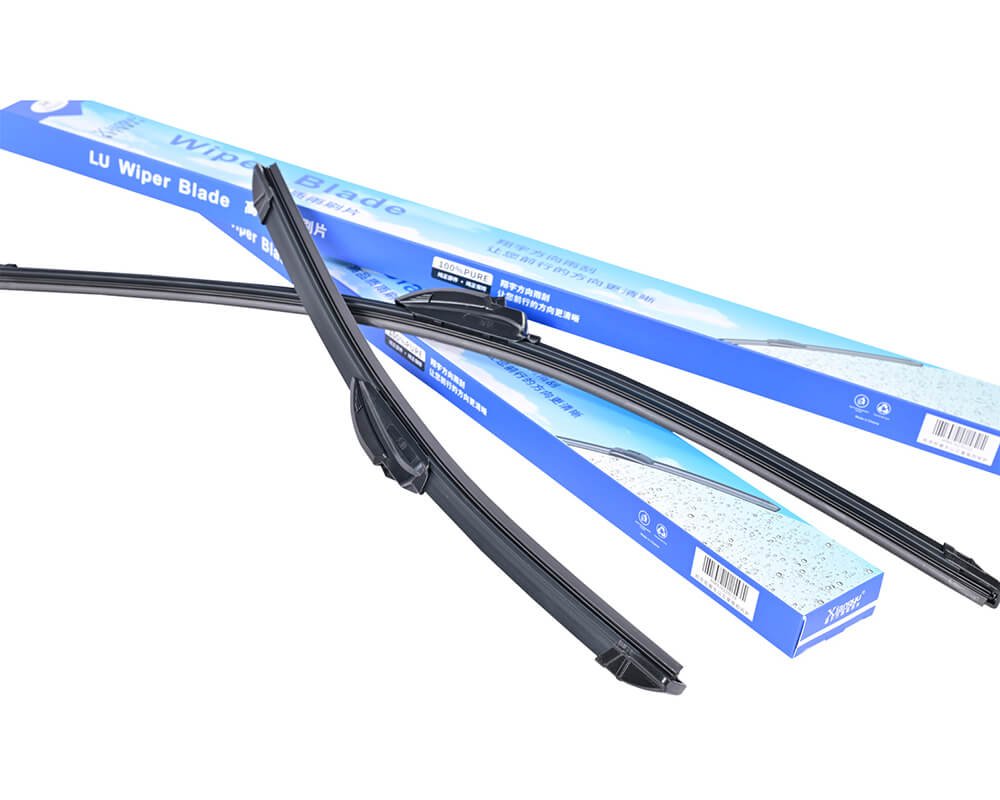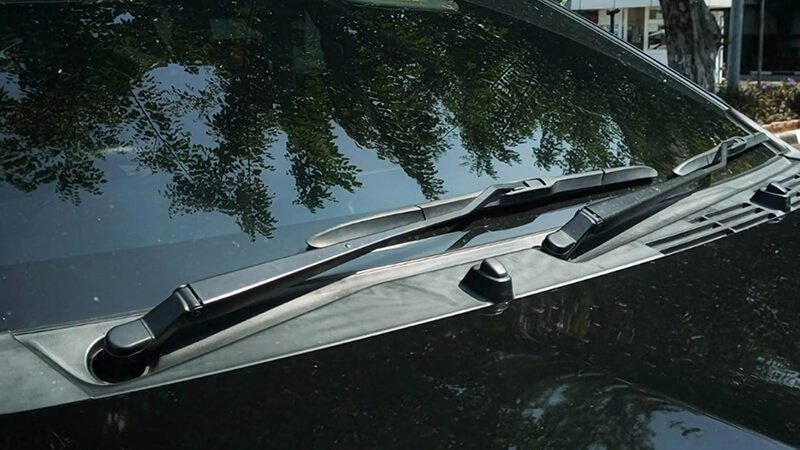Honda’s reputation for reliability extends to its brake pads, but have you ever wondered who makes them? Understanding the source and quality of these parts can help you make informed decisions for your vehicle’s performance. Let’s take a closer look.
Honda’s brake pads are produced by trusted manufacturers, with Akebono being one of the key players. These manufacturers ensure high standards of quality, performance, and safety, but what about aftermarket options? Let’s explore the details.
Now that we’ve introduced the topic of Honda brake pads, let’s dive deeper into the specific manufacturers behind these parts and how they contribute to the overall performance and reliability of your Honda.
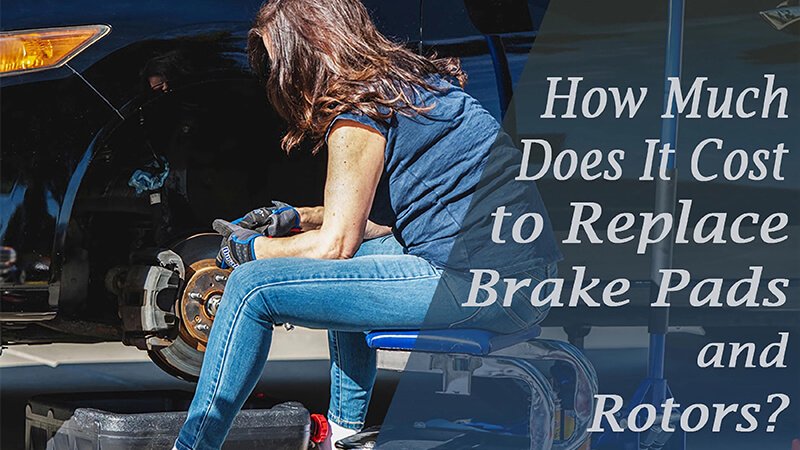
What Manufacturer Makes Honda Brake Pads?
When you buy a new Honda, you expect its brake pads to be high-quality, durable, and safe. But who manufactures these critical components? Let's find out who’s behind the brake pads on your Honda.
Honda brake pads are primarily manufactured by Akebono1, a Japanese company renowned for its advanced brake technologies. Akebono supplies Honda with OEM2 (Original Equipment Manufacturer) parts that meet the highest industry standards for safety and performance.
Akebono is one of the leading brake manufacturers for the automotive industry, and it’s no surprise that they make Honda’s OEM brake pads3. The company has been in the business for decades and is known for its innovative braking technologies. Akebono’s products are designed with the latest materials and technology to ensure optimum performance, minimal noise, and durability.
For Honda, this means that the brake pads you’re using are specifically designed for your vehicle’s performance needs. These OEM parts are made to withstand the same driving conditions as the original pads and will maintain your vehicle’s braking performance for the long term.
One of the main advantages of using OEM brake pads like those from Akebono is the assurance that they are built to Honda’s exact specifications. When you choose OEM parts, you’re choosing parts that are made to match your vehicle's original components. This can be crucial for maintaining the quality and safety standards Honda sets for its cars.
In addition to Akebono, there are other manufacturers that produce brake pads for Honda, but Akebono remains one of the primary suppliers due to its long-standing relationship and reputation for quality.
Comparison of Honda Brake Pad Manufacturers
| Manufacturer | Reputation | Materials Used | Technology | Primary Supplier for Honda |
|---|---|---|---|---|
| Akebono | High | Ceramic, Semi-metallic | Advanced friction technology | Yes |
| Nisshinbo | Moderate | Organic, Semi-metallic | Noise reduction technology | Sometimes |
| Brembo | High | Ceramic, Semi-metallic | Performance-focused | Aftermarket Option |
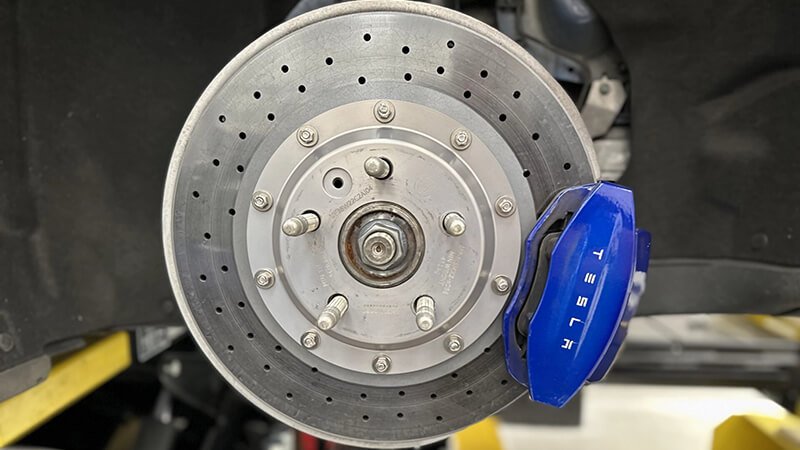
Does Akebono Make Honda Brake Pads?
You’ve likely heard of Akebono4 when discussing Honda’s brake pads. But is Akebono the sole manufacturer? Let’s take a closer look at their role and what it means for your vehicle.
Yes, Akebono5 is one of the main manufacturers of Honda’s OEM6 brake pads. Known for their reliability and advanced braking technology, Akebono has been a trusted partner for Honda for years, ensuring consistent performance and safety.
Akebono has a long history in the automotive industry, and its reputation for manufacturing high-quality brake pads has made it a trusted name in the market. The company provides Honda with OEM brake pads designed to meet the specific needs of each vehicle model, ensuring that the brakes perform well and deliver a smooth driving experience.
Akebono’s involvement in Honda’s brake pad production involves the application of their advanced braking technology. They use a combination of ceramic and semi-metallic materials, which are known for their superior performance, durability, and quiet operation. These materials help reduce brake dust, noise, and wear, making the braking system more efficient and longer-lasting.
In addition, Akebono’s brake pads are designed with high heat resistance, ensuring that they perform consistently even under extreme driving conditions, such as heavy traffic or frequent braking. This is particularly important for maintaining the safety and performance of Honda vehicles.
For Honda, the choice of Akebono as a supplier is about ensuring the highest levels of quality and consistency in the brake pads. By relying on Akebono’s expertise, Honda can be confident that its vehicles are equipped with reliable, safe, and high-performance braking components.
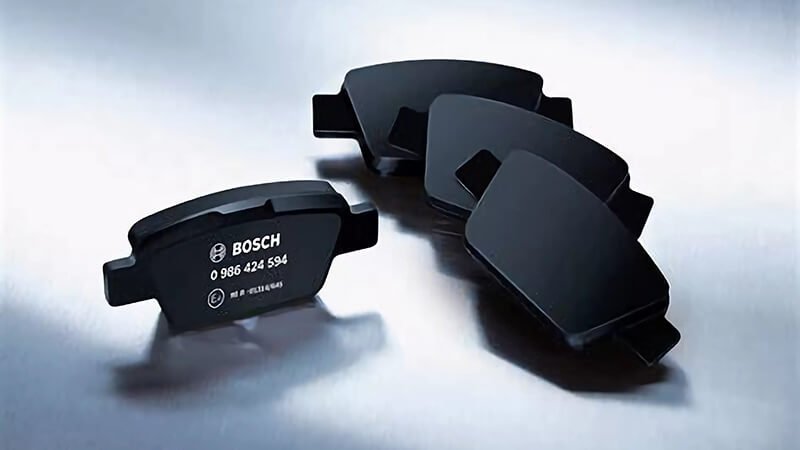
How Can You Tell If Brake Pads Are Fake?
It’s unfortunate, but sometimes counterfeit brake pads make their way into the market. Identifying fake brake pads is crucial for maintaining your vehicle’s safety. Here’s how you can tell if your brake pads are not genuine.
Fake brake pads can look similar to the real thing but may compromise your vehicle’s performance and safety. Key signs of counterfeit brake pads include poor quality materials, improper markings, and a lack of official certifications.
Counterfeit brake pads are a significant concern for the automotive industry because they often fail to meet safety standards, leading to dangerous driving conditions. Identifying fake brake pads can be tricky, but there are several telltale signs to look for.
1. Material Quality:
Genuine brake pads from reputable manufacturers like Akebono7 are made using high-quality materials. Fake pads often use substandard, cheap materials that can cause premature wear, excessive noise, and reduced braking performance. The material may feel lighter or less sturdy than a genuine part.
2. Manufacturer Markings:
Authentic OEM8 brake pads will have specific markings, such as the manufacturer’s logo or part numbers. Fake pads often lack these details or have poorly done engravings. If the brake pads don't have clear markings, they might not be genuine.
3. Packaging:
The packaging of genuine brake pads is typically high-quality, with well-printed information, part numbers, and company branding. Counterfeit parts may come in low-quality packaging or have poorly printed labels.
4. Pricing:
If the brake pads are being sold at an unusually low price, it could be a red flag. While discounts exist, too much of a price drop could indicate that the parts are fake or of low quality.
Table of Fake Brake Pad Indicators
| Indicator | Genuine Brake Pads | Fake Brake Pads |
|---|---|---|
| Material Quality | High-quality, durable | Cheap, substandard |
| Manufacturer Markings | Clear logos, part numbers | Missing or unclear markings |
| Packaging | High-quality, branded | Poorly printed, generic |
| Pricing | Competitive, in line with market | Significantly lower than competitors |
By staying vigilant and inspecting these aspects, you can protect yourself from counterfeit brake pads and ensure the safety and reliability of your vehicle.

How Long Do OEM Honda Brake Pads Last?
One of the most common questions Honda owners ask is about the lifespan of their brake pads. OEM9 brake pads are known for their durability, but just how long do they last? Let’s explore this in more detail.
OEM Honda brake pads generally last between 30,000 to 70,000 miles, depending on driving conditions. Regular maintenance and monitoring of brake pad wear can help extend their lifespan and ensure optimal performance.
The lifespan of OEM Honda brake pads is influenced by several factors, including driving style10, road conditions, and the type of brake pad used. On average, you can expect OEM brake pads to last between 30,000 and 70,000 miles. However, some high-performance models may have pads that last even longer.
Driving Conditions
Driving in stop-and-go traffic or on hilly terrain can cause brake pads to wear faster due to the increased frequency of braking. In contrast, highway driving typically results in less brake pad wear.
Types of Brake Pads
Honda vehicles may come equipped with different types of OEM brake pads11, such as ceramic or semi-metallic. Ceramic brake pads tend to last longer and generate less dust compared to semi-metallic pads, but they can be more expensive.
Environmental Factors
Driving in dusty or wet conditions can accelerate brake pad wear. Similarly, hot climates can cause the brake pads to wear out more quickly due to higher temperatures affecting the materials.
Factors Affecting Brake Pad Lifespan
| Factor | Effect on Lifespan |
|---|---|
| Driving Style (Stop-and-go) | Faster wear |
| Road Conditions (Hills, Traffic) | Increased wear |
| Brake Pad Type (Ceramic/Semi-metallic) | Longer life with ceramic |
| Environmental Conditions (Hot, Dusty) | Accelerated wear |
Regularly checking your brake pads for wear and tear is key to ensuring they last longer and perform optimally. If you notice squeaking or reduced braking performance, it may be time to replace them.
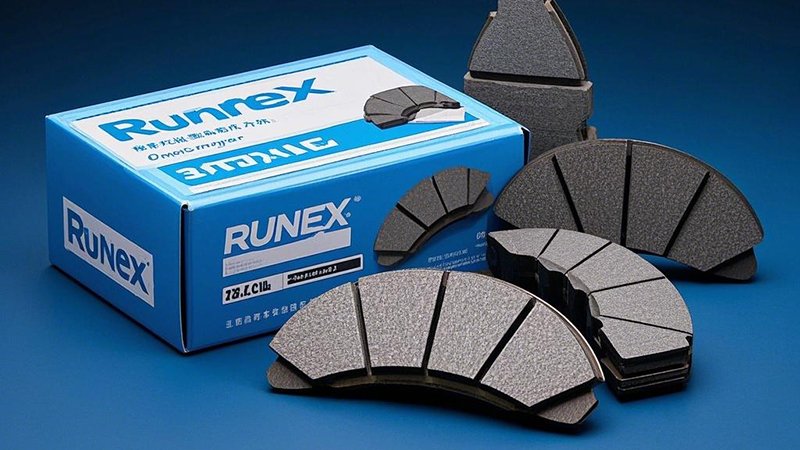
What Is a Disadvantage of Ceramic Brake Pads?
Ceramic brake pads are often praised for their performance, but they are not without their drawbacks. So, what’s the downside of using ceramic brake pads in your vehicle?
The main disadvantage of ceramic brake pads is their higher cost compared to other materials. While they offer superior performance and longevity, they can be pricier upfront, which might not be ideal for everyone.
Ceramic brake pads are increasingly popular in the automotive industry due to their excellent performance and long lifespan. However, there are some downsides that you should consider before choosing them for your Honda.
Higher Initial Cost
Ceramic brake pads tend to be more expensive than other types, such as semi-metallic12 or organic brake pads13. This higher cost may not be justified for drivers who don’t require the extra performance or longevity that ceramic pads provide.
Performance in Extreme Conditions
While ceramic pads are great for everyday driving, they might not be the best choice for high-performance driving or heavy-duty use. For instance, if you regularly tow heavy loads or race your car, ceramic pads may not provide the same level of stopping power as semi-metallic brake pads14 in extreme conditions.
Cold Weather Performance
Ceramic brake pads can sometimes be less effective in very cold temperatures. They take longer to warm up compared to semi-metallic pads, which can affect braking performance in colder climates.
Pros and Cons of Ceramic Brake Pads
| Advantage | Disadvantage |
|---|---|
| Long lifespan | Higher initial cost |
| Low dust and noise | Not ideal for extreme conditions |
| Smooth braking performance | Reduced performance in cold weather |
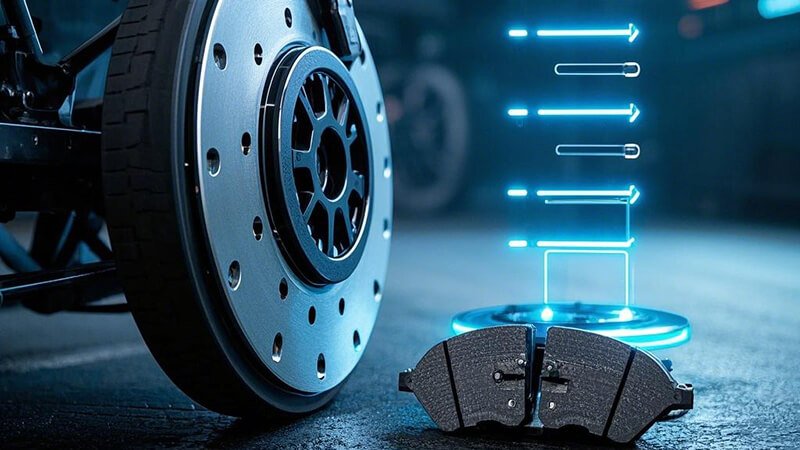
How Do OEM Brake Pads Compare to Aftermarket Ones for Honda?
When considering brake pads for your Honda, you have two main options: OEM15 or aftermarket16. How do these two compare, and which one should you choose for your vehicle?
OEM brake pads are made to Honda’s exact specifications, ensuring perfect fitment and performance. Aftermarket brake pads, on the other hand, can vary in quality and performance. While some aftermarket pads offer good value, OEM pads are generally the safest choice for your Honda.
OEM brake pads are designed specifically for Honda vehicles, ensuring that they are tailored to each model's performance requirements. These pads undergo rigorous testing to meet Honda’s exact specifications, offering the best fit, performance, and durability.
Advantages of OEM Brake Pads
OEM brake pads, like those supplied by Akebono17, are engineered for your vehicle’s specific braking needs. They provide consistent stopping power, minimal noise, and longer lifespan. Additionally, because they are tested and approved by Honda, they offer peace of mind in terms of safety and reliability.
Aftermarket Brake Pads
Aftermarket brake pads, produced by third-party manufacturers, can offer a wide variety of choices, ranging from budget-friendly options to high-performance pads. Some aftermarket brake pads may offer enhancements such as better heat dissipation or improved dust reduction, but the quality can vary significantly. In some cases, aftermarket pads may not offer the same level of consistency as OEM parts.
Comparison Table: OEM vs Aftermarket Brake Pads
| Feature | OEM Brake Pads | Aftermarket Brake Pads |
|---|---|---|
| Performance | Designed for Honda’s specifications | Varies by brand and model |
| Cost | Generally higher | Often more affordable |
| Durability | Longer lifespan | May vary, depending on quality |
| Fitment | Perfect fit | May require adjustments or modifications |
| Warranty | Typically covered by Honda | Varies by manufacturer |
At Runex Auto, we specialize in producing high-quality OEM brake pads for various vehicle brands, including Honda. Our pads are designed to meet the same performance standards as the original parts, ensuring that you get the best quality and reliability for your vehicle.

Conclusion
Choosing the right brake pads for your Honda is essential for safety and performance. While Akebono is a trusted supplier of OEM brake pads, it’s important to weigh the benefits of both OEM and aftermarket options. Runex Auto offers high-quality OEM brake pads and customizable solutions that meet your specific needs, ensuring that your vehicle’s braking system performs at its best.
If you are looking for OEM brake pads18, do not hesitate to contact us. We will get you the best products and service.
-
Learn more about Akebono's expertise in automotive braking technology and its relationship with Honda. ↩
-
Understand what OEM means and why it matters in the automotive industry. ↩
-
Discover why Akebono's brake pads are a trusted choice for Honda vehicles. ↩
-
Learn about Akebono's role in producing Honda brake pads and its reputation in the industry. ↩
-
Discover whether Akebono is the only supplier for Honda brake pads and its significance. ↩
-
Understand the importance of OEM brake pads and why Honda chooses them for their vehicles. ↩
-
Learn about the high-quality materials used in genuine Akebono brake pads to avoid counterfeit issues. ↩
-
Discover the markings on genuine OEM brake pads and how to identify counterfeit products. ↩
-
Learn about the typical lifespan of OEM Honda brake pads and factors that influence their durability. ↩
-
Understand how different driving conditions impact the lifespan of brake pads. ↩
-
Compare the differences between ceramic and semi-metallic brake pads for better longevity and performance. ↩
-
Learn the differences between semi-metallic and ceramic brake pads to decide which is better for your vehicle. ↩
-
Understand the benefits and disadvantages of organic brake pads compared to ceramic options. ↩
-
Discover why semi-metallic brake pads might be more suitable for high-performance and extreme driving conditions. ↩
-
Understand the importance of OEM brake pads and why they are tailored specifically for Honda vehicles. ↩
-
Compare the pros and cons of aftermarket brake pads against OEM options for Honda cars. ↩
-
Learn why Akebono is a trusted OEM brake pad supplier for Honda vehicles and their advantages. ↩
-
Looking for the best serive and OEM brake pads from Runex Auto. ↩




